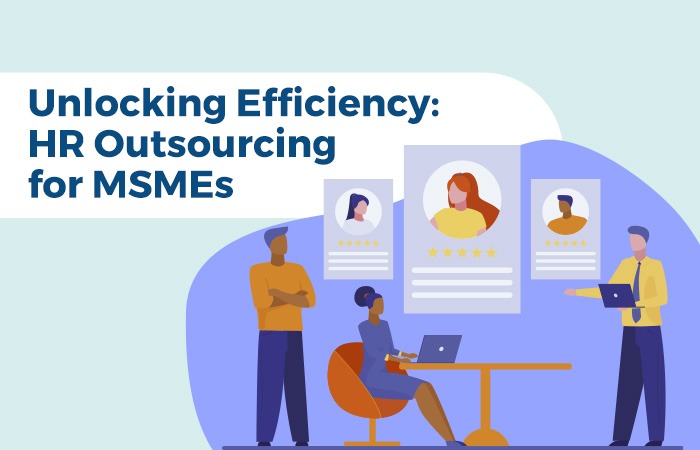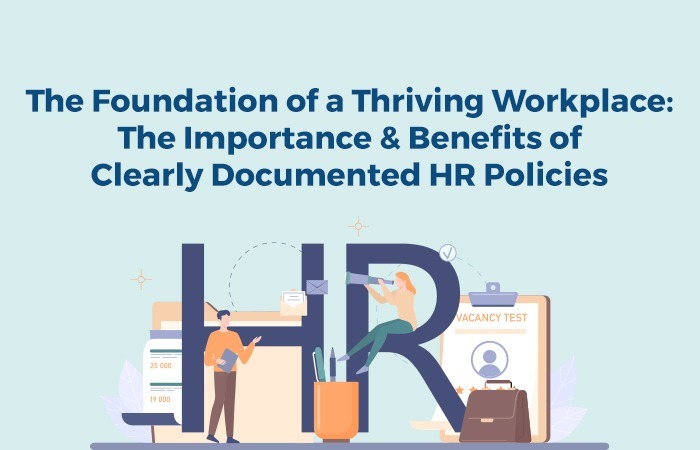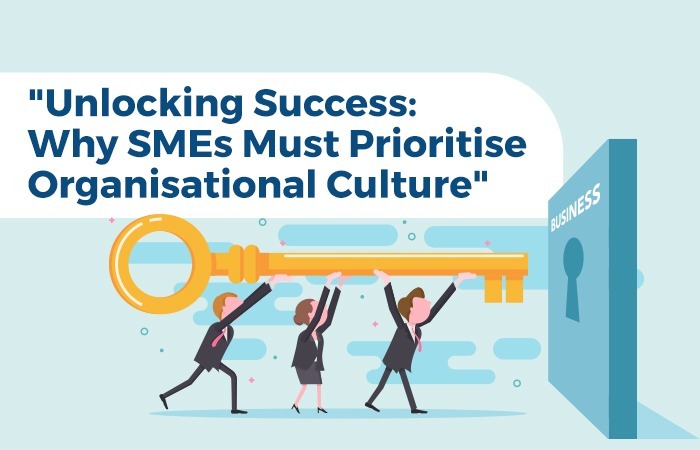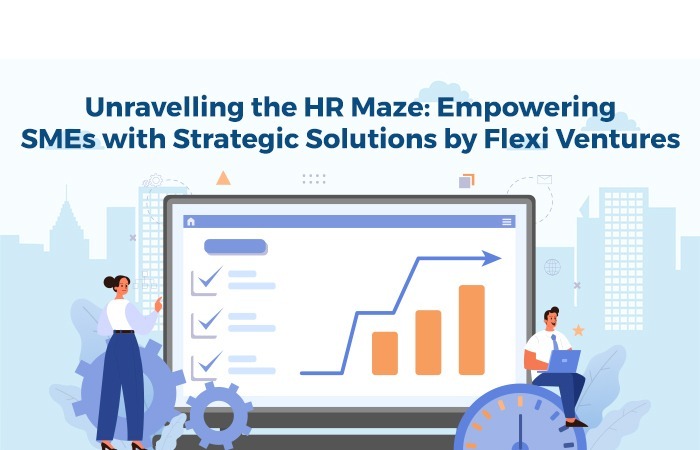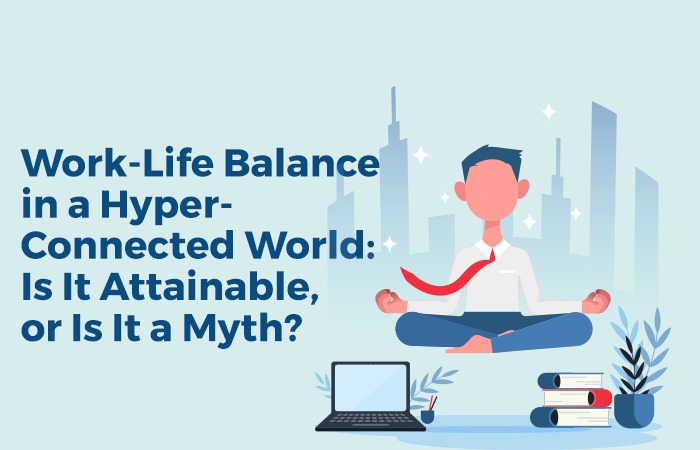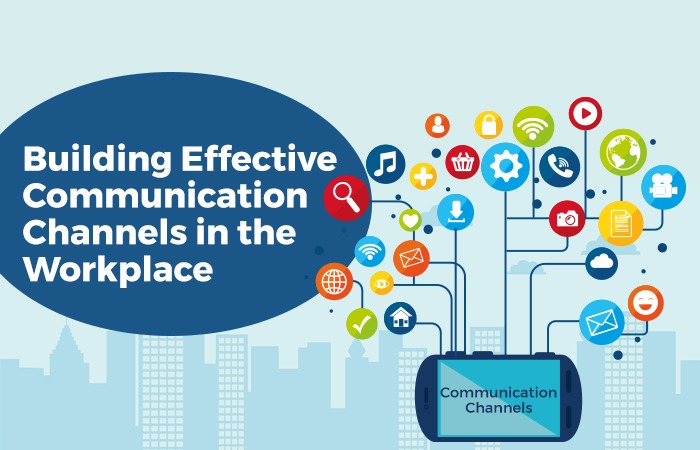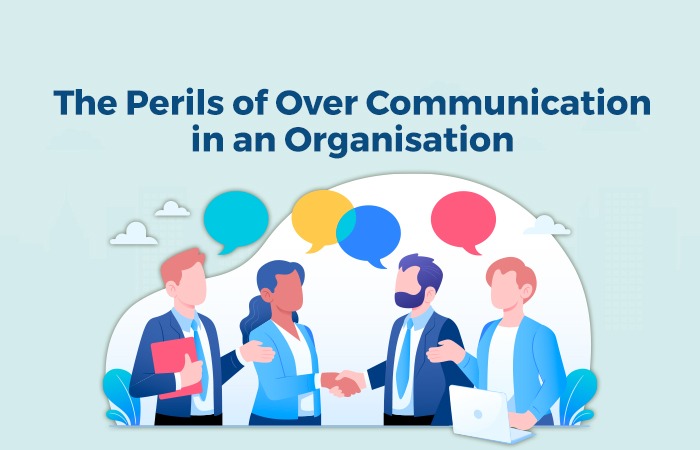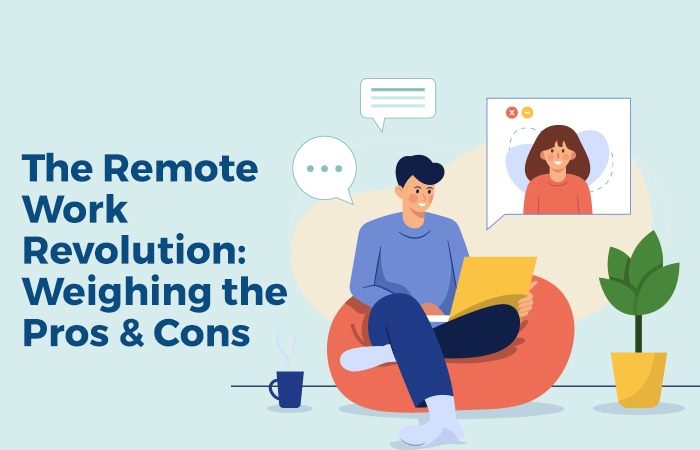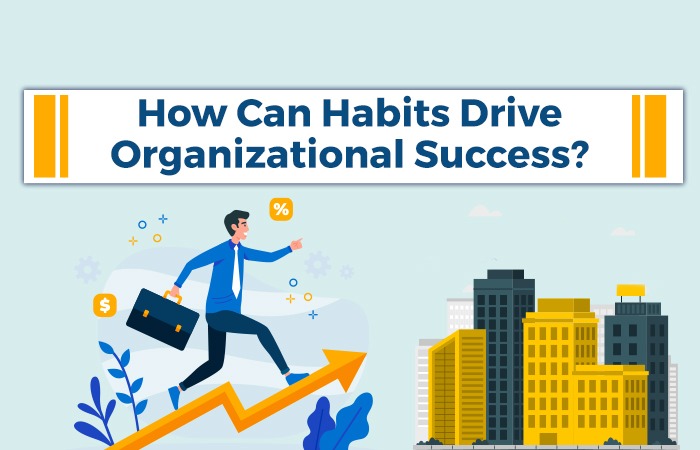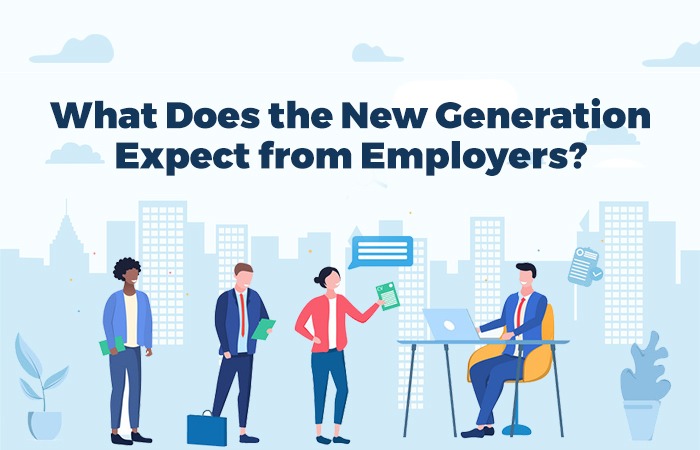It has been two years since the pandemic hit the world and Organizations clearly are woken up to the benefits of remote work over regular 9-to-5 work culture and most organizations have embraced the remote work culture with their own share of tweaks of mixing the “Office work” with “remote work” now, though with initial reluctance, now popularly came to be known as “Hybrid Work Culture”.
Now, as we slowly return to our new normal, it’s clear that the days of spending 9-5, Monday to Friday in the office are gone for most organizations. Hybrid work culture is accepted as the future of work. But while at first glance it seems like it offers us the best of both worlds – part office, part remote, the perfect middle ground, many Organisations are now increasingly becoming aware of the many challenges of hybrid working.
The challenges of the hybrid work model
Why do many of us (managers & employees) find hybrid work exhausting and challenging? Or what are some important challenges of hybrid work? Let’s find out.
1- Stress and burnout can take their toll
Time and again the same criticism comes up that hybrid work is exhausting. A recent global study on employee engagement found that 80% of leaders reported that a hybrid working environment was exhausting for Organisation employees and more than half of those surveyed the Employees said that hybrid was more taxing than either full-time remote or full-time in-office.
One of the main that hybrid work is so exhausting is that it can lead to overworking and a poor work/life balance. Multiple studies show that when the Organisations moved to remote in 2020, average working hours increased, employees were more likely to work outside of normal working hours, and the crucial boundaries between work and home slowly began to erode but while many hybrid work challenges center around feeling exhausted and drained, not all of that’s because of working longer hours or not having enough downtime. Emotional exhaustion could be a normal response to a number of the other challenges of hybrid working – how hard it is to speak effectively, how frustrating it’s to feel isolated or unseen, and how overwhelming it’s to attempt to navigate what’s become a fractured working culture.
2- Not all hybrid employee experiences are created equal
One big issue that has come to the fore is that hybrid work setups can create disparate employee experiences. Because it involves office work engagement half the time and remotely the half, hybrid work by its very nature comes with a lack of uniformity; one person’s remote setup can vary vastly from someone else’s, so companies can’t ensure equity of experience.
This imbalance isn’t only felt within the working environment; it also affects participation and opportunity. New hybrid workers just starting their careers won’t be able to access the training and mentorship their in-office counterparts would have enjoyed, and they won’t be able to make the connections. Good working relationships are enormously important when it involves employee engagement and happiness, so this isn’t something that can be overlooked.
Hybrid work can even create an uneven playing field, where employees who are within the office more than others are more likely to get promotions and recognition. The matter of proximity bias is extremely real and can directly contribute to other hybrid work challenges like presentism (or virtual presentism), which might successively cause burnout, frustration, and resentment – all of which feed those prevalent feelings of exhaustion.
3 – Hybrid working can damage employee relationships and hinder collaboration
Other challenges of hybrid working involve communication. Employees who aren’t within the office miss out on spontaneous communication with their colleagues, and when employee relationships are largely built over Zoom, Slack or Teams, it’s easy for things to lost in translation. Open communication is essential for enhancing employee morale, yet as per research, nearly 60% of remote workers miss out on crucial information because it had not been communicated in-person.
Aside from impacting morale, poor communication can create feelings of confusion and isolation among remote workers, which contributes to the cultural challenges of hybrid working. It shouldn’t come as a surprise that dividing employees between home and office risks creating two very distinct organizational cultures: one that’s directed by in-office workers enjoying the perks of working, communicating, and mixing in-person, and another where workers feel invisible and alone.
While this fragmented culture isn’t intended, it can nonetheless create powerful and harmful feelings of unhappiness and disconnection, which might cause engagement and productivity to quickly drop off – and vanish entirely.
Ultimately as the world around us changes at a fast pace, instead of viewing hybrid work as a longtime model that has lots of problems, it’s better to see it as an exciting working experiment. The teething problems may last multiple years, and definitely more challenges will, no doubt, emerge along the way. But if companies are responsive and versatile to the requirements of their employees, and prioritize building a culture of trust, there’s no reason why many of today’s hybrid work challenges can’t become a thing of the past.


